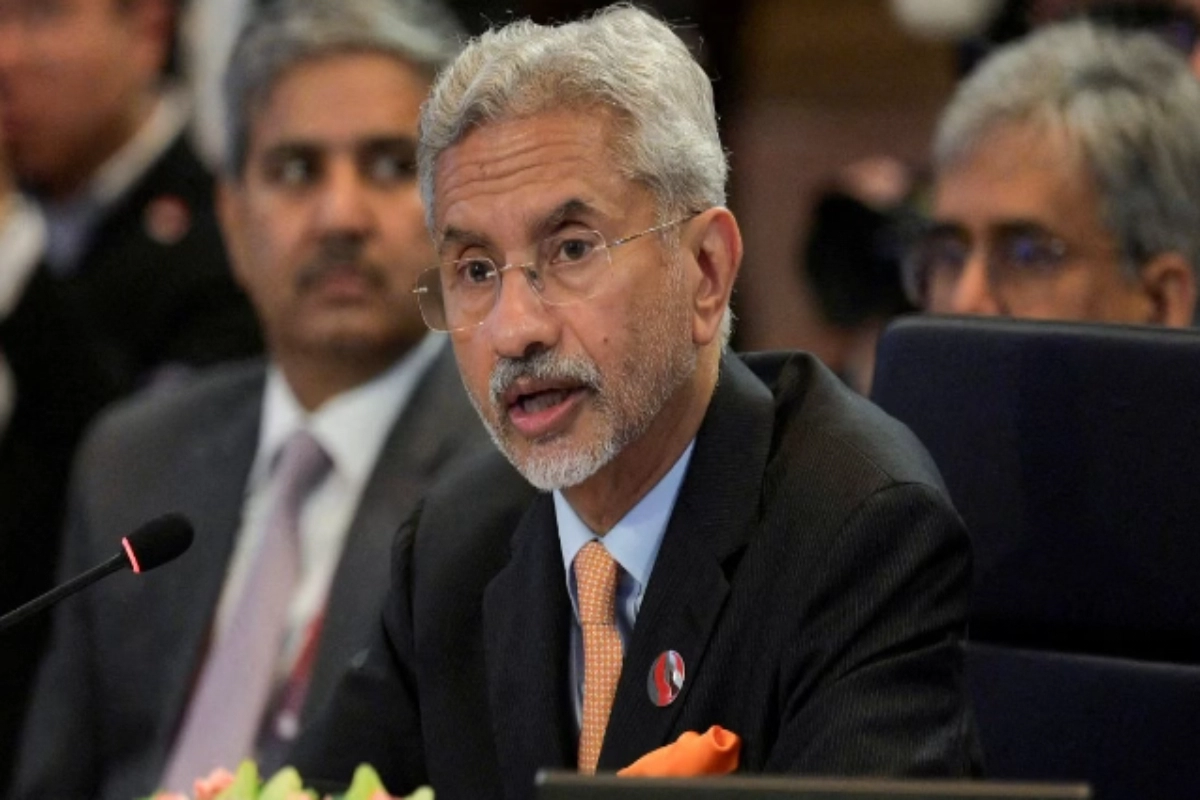India Canada Relations: Justin Trudeau’s father, Pierre Elliott Trudeau, served as Canada’s fifteenth prime minister before becoming Justin Trudeau. As a result of Justin Trudeau’s embrace of the Khalistani elements in Canada, relations with India deteriorated. His unsupported assertions that India was behind the murder of Khalistani militant Hardeep Singh Nijjar served as the catalyst for the deteriorating relations. And his father’s journey to India happened before Justin Trudeau‘s, first in 2018 and then again in 2023 for the G20 Summit.
Pierre Trudeau’s Indian Odyssey
Pierre Trudeau visited India for five days in January 1971. According to Gar Pardy, a Canadian Foreign Service employee stationed in New Delhi at the time of the visit, the man rode a camel, patted a bullock, travelled up the Ganges, went into a locomotive factory, and saw the Taj Mahal. The strained relations between India and Canada actually started with Pierre Trudeau. However, it wasn’t simply the Khalistani problem; India’s first nuclear explosion for peaceful purposes also contributed to some strained relations.
Bridging Energy Gaps and Proliferation Concerns in India
Unenriched uranium might now be used to produce nuclear energy with the help of the Canada Deuterium Uranium (CANDU) reactor. Developing countries without enrichment facilities, like India, benefited from this. But by lowering the admission threshold, it also made plutonium and nuclear weapons more accessible. In order to produce Canadian-Indian Reactor, US or CIRUS, a nuclear reactor, the United States and Canada worked together on India’s civil nuclear programme. Under the direction of Homi Jehangir Bhabha and with Canadian assistance, the CIRUS reactor was constructed and put into operation in July 1960. Then, Canadian Prime Minister Pierre Trudeau declared that the programme was for peaceful purposes and that Canada would halt its nuclear cooperation if India conducted a nuclear device test.
CIRUS Reactor, India’s 1974 Test, and Canada’s Diplomatic Fallout
According to a Stanford University study, India exploded a nuclear weapon in 1974 at its Pokhran test site using plutonium from the CIRUS reactor, three years after Pierre Trudeau’s visit. According to India, it was a “peaceful nuclear explosion” and didn’t go against the provisions of the deal with Canada. However, a Columbia University study claims that Pierre Trudeau’s Canada ended all support for India’s nuclear energy development and recalled Canadian employees who were working on another reactor in India. The use of the reactors for “peaceful” nuclear explosions is not expressly prohibited by the wording of the agreements between the US and Canada, according to a US State Department paper from February 1972 that was declassified in 2005. The State Department assessment stated that although “Agreements with both the US and Canada limit the use of the CIRUS reactor to peaceful purposes, but the language of agreements do not preclude ‘peaceful’ nuclear explosions.” However, it took years for the nuclear links to unfreeze. During Prime Minister Manmohan Singh’s visit to Canada for the G20 Summit in 2010, the two nations signed a Nuclear Cooperation Agreement. But more than only the nuclear test at Pokhran strained ties. The deadliest terror assault against Canadians occurred as a result of Pierre Trudeau’s failure to take action against the Khalistani forces, which dealt a serious blow to Indo-Canadian relations.
Sikh Community in Canada
“Sikhs have been a significant part of the Canadian mosaic since the late 19th century. Their numbers increased dramatically with the mid-1970s changes to the Immigration Act,” wrote Gar Pardy, a retired Canadian Foreign Service official, in Ottawa Citizen in 2018. Sikhs now make up approximately 7.7 lakh people, or roughly 2% of all Canadians, and they are a politically significant group. Then there were the Punjabi terrorists who fled to Canada after the 1980s’ anti-militancy campaign. Talwinder Singh Parmar was one such terrorist. After shooting two police officers in Punjab in 1981, he fled to Canada. Parmar, a member of the Khalistani group Babbar Khalsa, advocated for attacks on Indian diplomatic missions abroad and mass murder. India asked for Parmar to be extradited, but the Pierre Trudeau administration denied the request. Additionally, even warnings from Indian intelligence agencies remained unheeded.
A Painful Chapter in Indo-Canadian Relations
According to news reports, on June 1, 1985, India’s intelligence services urgently requested security measures from the Canadian government in case Khalistani terrorists launched an aeroplane strike. Then it took place. All 329 people on board Air India Flight 182 (Kanishka), which was travelling from Toronto to London, UK, on June 23, 1985, were killed when a bomb concealed in two luggage detonated. The majority of those killed in the Kanishka bombing were Canadians, and it continues to be the greatest terrorist act in Canadian history. Parmar, who Pierre Trudeau protected, was the bombing of Kanishka’s mastermind. In Punjab, he was murdered by police in 1992. Posters celebrating Parmar may be seen all around Canada in June of this year. Talwinder Singh Parmar was among those detained in connection with the Kanishka bombing, but he was all released, and only one person was found guilty. A 15-year prison sentence was imposed on Inderjit Singh Reyat. “Canada’s inadequate and inept response to these bombings never met the Indian government’s expectations,” wrote Pardy.
Keep watching our YouTube Channel ‘DNP INDIA’. Also, please subscribe and follow us on FACEBOOK, INSTAGRAM, and TWITTER












